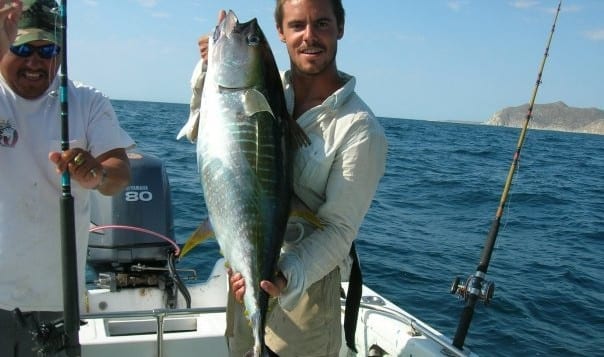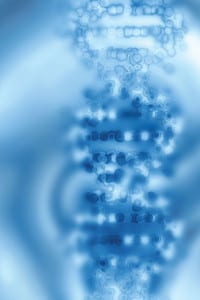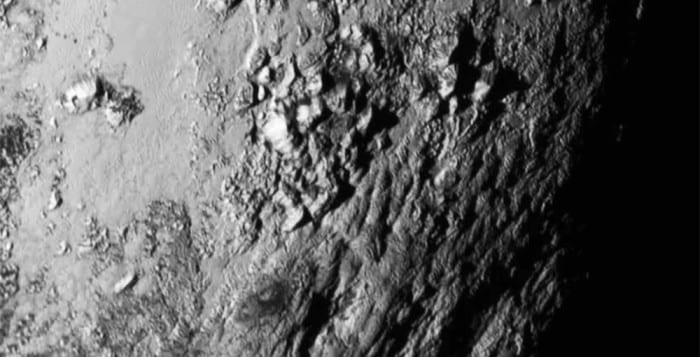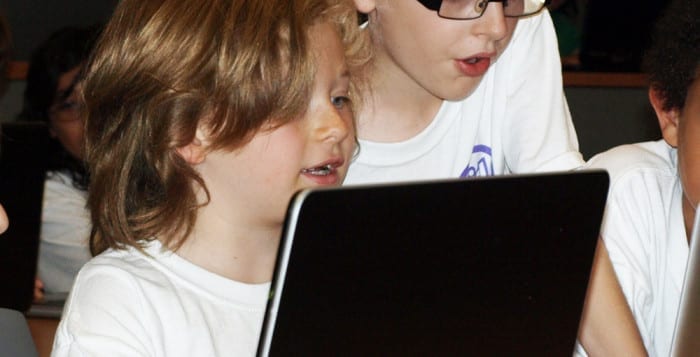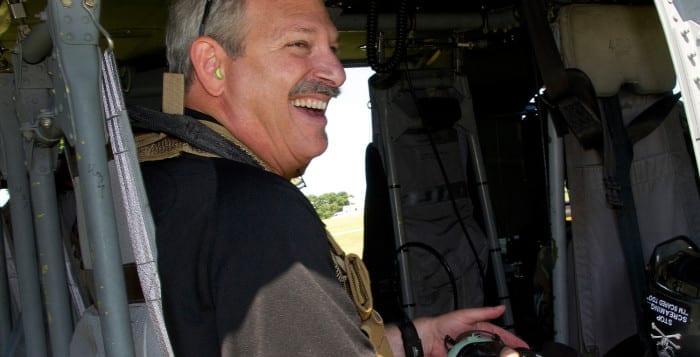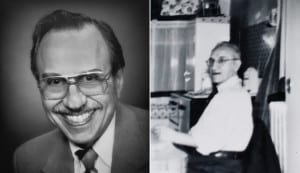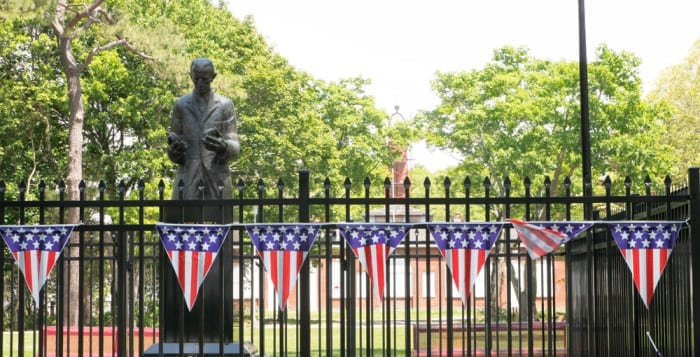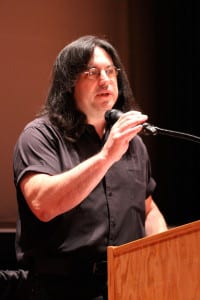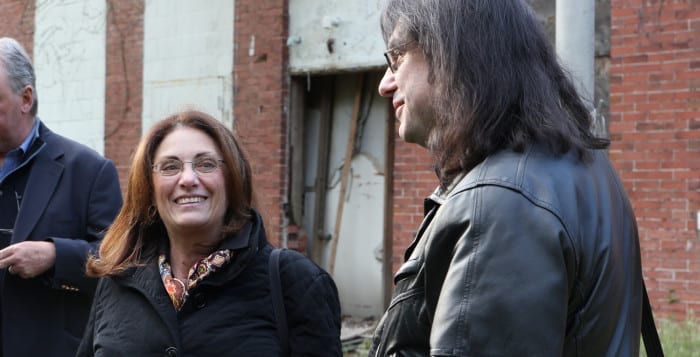Huntington schools will see plenty of new faces this September, and not all of them will belong to students.
The school board approved a number of teaching appointments on Monday as well as the hiring of Cliff Swezey, the district’s new chairman of mathematics and sciences for grades 7 through 12. Swezey is the latest addition to fleet of new administrators at the district, particularly the high school level — joining Huntington High School Principal Brenden Cusack and two new assistant principals Joseph DeTroia and Gamal Smith.
School district officials reviewed 66 applications, pre-screened 20 candidates and conducted 12 personal and extensive interviews prior to recommending Swezey, according to a statement from the school.
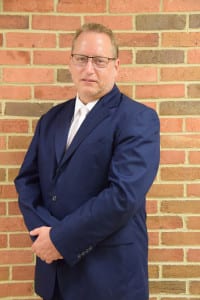
Swezey, who hails from the Uniondale school district and served there as director of math and computer science for grades K to 12 for the last two years, said he’s excited to join Huntington. He said he developed a four-year computer science sequence for high school students in Uniondale, and would be excited to tackle a similar initiative in Huntington – something school board member Bill Dwyer has said he’d like done at the district.
Swezey replaces the district’s former chairman Blaine Weisman. He said he is an advocate of Singapore math learning techniques — the country boasts high math success rates — and the new chairman said the Common Core Learning Standards math curriculum utilizes those learning techniques. He also said one of his responsibilities at Huntington would be to help parents understand Common Core math.
“The Common Core is really an adaptation, an adoption, of Singapore mathematics,” he said. “So I’m passionate about that because it’s about thinking. It’s not about rote memorization. It’s not about learning procedures and rules in math, which turns kids off. It’s about critical thinking. It’s about problem solving. It’s about alternative strategies and getting kids to build numeracy.”
Swezey earned a bachelor’s degree in biology at SUNY New Paltz in 1984 and a master’s degree in education in mathematics at St. John’s University in 1995. He earned a doctor of education in educational leadership at St. John’s in 2004.
Superintendent Jim Polansky said the district’s still looking to fill a handful of positions. Many of the new hires follow retirements from earlier this year. Polansky said he’s excited about the new team at the high school.
“I have a principal in place that has vision that connects with students like no other and I think we have a team of individuals that are ready to build on momentum that is building at the high school in a positive way for a long time.”


